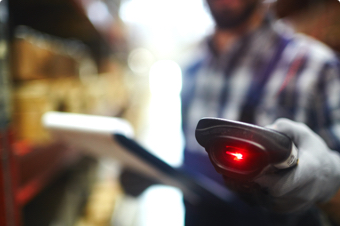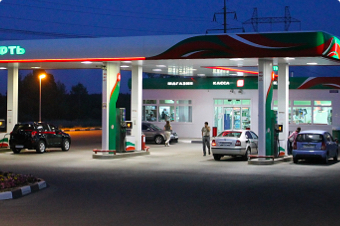Achieving the full potential of every store
Where and how to concentrate your efforts
 Optimize your data
Optimize your data
The core challenges that all grocery retailers and CPGs face have remained the same throughout the years. Even when dealing with the sudden rise in e-commerce delivery and click-and-collect throughout the pandemic,
the fundamentals drive the difference.
Retailers and CPGs have invested excessive amounts of money into complex and often ambiguous technology solutions to address these problems. Some require the retailer to create wholly new data feeds (and even new research departments) just to get to the starting line.
The intention is that this new retail data will create savings that have yet to be seen or achieved through comparable store sales increases and profit improvements, for instance. But have retailers and CPGs exhausted the value that lies in the data they already have?
For retailers and CPGs to quickly progress against profitability targets – particularly given the hangover of COVID and further related on-costs – they must fully optimize and leverage the data they already have.
Despite being around for a long time, businesses rarely use sales and inventory data as comprehensively as they can. But this has the potential to solve fundamental challenges without the need for substantial up-front costs – as is the case for other technologies on the hype cycle.
 Maximize productivity
Maximize productivity
As labor and management costs continue to rise, retailers and CPGs are furiously searching for new ways to deploy labor more efficiently in both their stores and supply chain.
Significant areas of inefficiency remain across the retail estate, and existing processes could be made more profitable. Now is the time to act to consider how associate tasks are allocated most effectively. How can actionable insights be delivered to the associates’ hands to focus them on what matters most right now? How can store associates’ working hours be optimized to meet store demand?
In-store teams are crucial in executing a retailer’s, often omnichannel, strategy. Successful in-store execution can be achieved by bringing together the advanced capability of technology and data blended with human creativity and flexibility.
Today’s in-store associates are increasingly tech-savvy, but there are fewer of them than ever before. Therefore, it’s vital that when carrying out their duties, such as maintaining on-shelf availability to keep shoppers happy, they’re equipped with the insight that focuses them on the right items at the right times. As new technology becomes available, it’s imperative that in-store teams have access to and can leverage innovations to increase their productivity and efficiency.
The store associate plays a vital role in the ongoing transformation of food and grocery retail. It could be the difference between winning and losing on an increasingly competitive battleground if coupled with the right technology and training.
 Increase availability
Increase availability
Give the customer what they want when they want it. It is the oldest retail axiom out there, but you cannot overstate the importance of getting it right.
More than two-thirds of shoppers have walked out of a store because it did not have the product they wanted.1 The result is lost sales, potentially wasted stock, and a dent in the bottom line. The spread of COVID-19 across the globe brought on-shelf availability into sharp focus as grocery businesses struggled to keep up.
For grocery retailers and CPGs, optimal on-shelf availability boils down to having the right product on the shelf, in the right quantity, of the right quality, and at the right time. Sounds simple.
It is, however, deceptively complex, and finding the sweet spot with on-shelf availability remains a major headache for retailers, from those with just a few hundred stores to those with thousands of stores, several of whom have had more than a century of practice.
Retailers can simultaneously maximize revenue and minimize waste, but to do so requires some of the decision-making to be automated and based on thousands of data points. Retailers that do this are developing a competitive advantage over those that rely on more traditional methods. In essence, both can work, but those that embrace operational optimization powered by analytics will win in the long run.
 Reduce waste
Reduce waste
There are many processes that grocery stores can undertake to reduce food waste. One method is to donate the excess stock to charities or food banks, a wholly virtuous activity, but only made possible due to systemic inefficiency.
Another method is anaerobic digestion, where waste is given to third-party partners that break down the food and convert it to gas. While both methods will continue to be important in the food redistribution process, they cannot always be appropriate.
In contrast, a simple and cost-effective way to reduce food waste in stores is to embrace dynamic markdown strategies. The technology can provide complete visibility on products at all times and identify which items are most at risk of being wasted to calculate a product’s optimal discount price. Stores can use dynamic markdown solutions to reduce their waste bill by maximizing sell-through and profit and minimizing the amount discarded.
Regarding food waste in grocery stores, profitability will depend on the intelligent use of resources. Technology will play a massive part in the future of efficient, cost-effective, and ultimately sustainable store operations.










